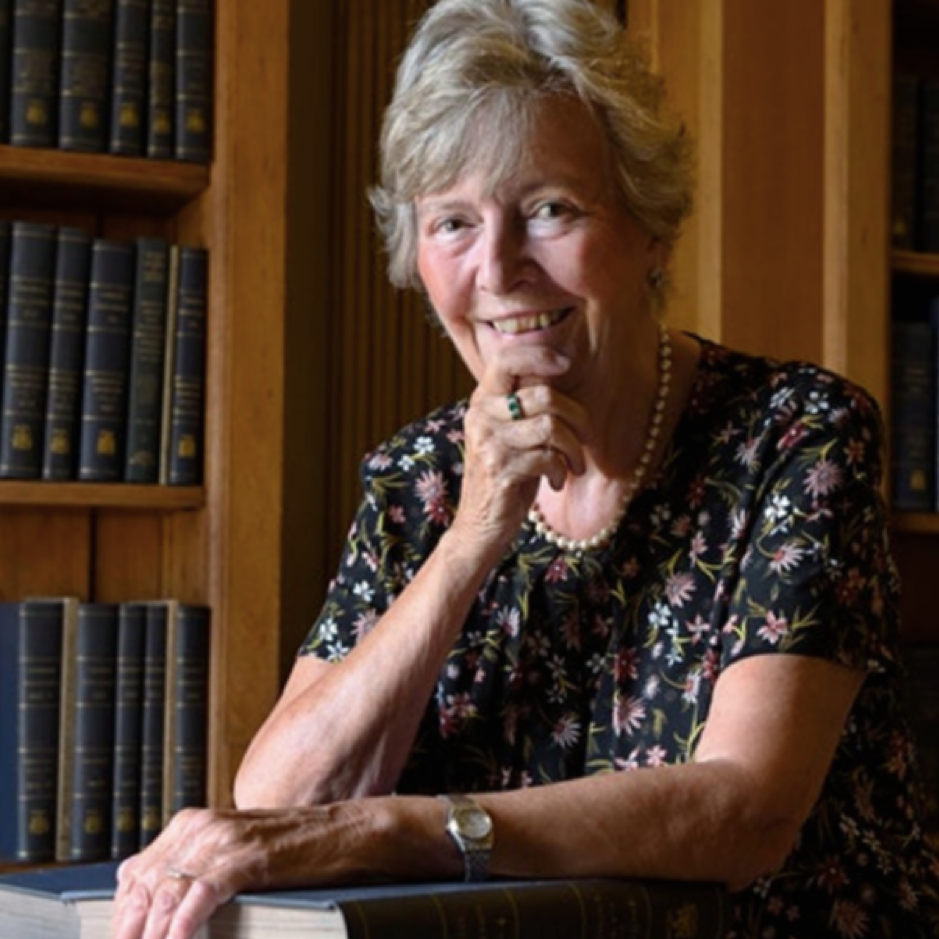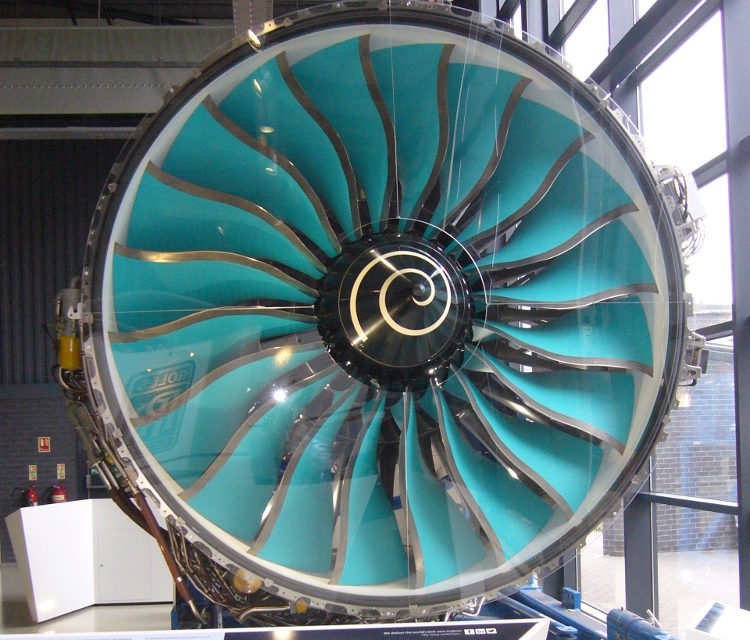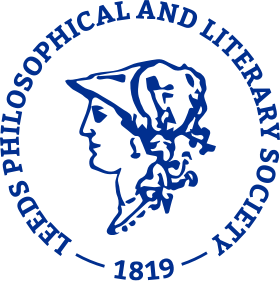Seeing is believing
Professor Dame Julia Higgins takes us on a journey to explain how modern techniques of experimental observation can give us a fascinating insight into hidden worlds
The lecture is part of the Inspired by Bragg series of events organised by The University of Leeds.
If you can attend in person, the event has been extended to become an afternoon of celebration including live music performances, displays of historic rare items, an inspiring talk and drinks reception.
The lecture is at 16:00:
As scientific understanding of our world developed from the Middle Ages onwards, it became increasingly important to verify theoretical ideas through experiments. The development of microscopes and telescopes allowed observation of the very small or the very far away but until the end of the nineteenth century, what could be observed was still limited by the properties of light. However, the discovery of other forms of radiation opened new opportunities. William Henry Bragg and his son William Lawrence Bragg showed how X-rays could be produced and exploited to “see” inside solid objects down to the scale of atoms.
The DNA double helix is possibly the most famous scientific triumph of X-ray experiments, deciphering the language of genetics. The wavelength of X-rays, 1000 times shorter than light, opened the way to “see” down to the very small scale of atoms, but the interaction of the X-rays with these atoms still limited what could be distinguished.
Modern techniques, including electron microscope images, now provide beautiful pictures of the very small. This lecture will offer a fascinating insight into the use of neutron beams to “see” and understand how very large molecules are arranged and move when surrounded by similar molecules in a rubbery material. Such experiments now enable us to understand the behaviour of long molecules in rubbers and glasses, giving rise to behaviour such as their bounce, stretchiness and stickiness.

Other events you might be interested in...
Explore more

Grants
The Society makes grants both to individuals and to organisations in support of cultural and scientific activities which increase innovation, outreach and diversity in Leeds and its immediate area. It also supports local museums and galleries and publications relating to the city.

Events
Since 1819, the Phil & Lit has been inviting the people of Leeds to hear from knowledgeable and entertaining speakers. Many are leaders in their field of science, arts or current affairs. We also hold an annual Science Fair and organise occasional visits.



